The field of partnership development is significantly constrained by the lack of a shared vocabulary. Creating stronger understanding of the key terms of the debate – and strengthening the ability of people to act as interlocutors – will enhance opportunities, reduce misunderstandings and lead to more effective outcomes.
Development practitioners see the world through the lens of socio-economic impacts. They are not used to (and rarely have the vocabulary and discourse for) exploring what they do in terms of business value.
Similarly, companies look at their strategies through the lens of markets and the development impact of their decisions are often not their primary consideration.
Take the issue of energy as an example: some organisations are looking at it from a military / strategic point of view; others might be looking at energy security; and a third group might be looking at it from an investment point of view. These three discussions tend to have little to do with each other.
So what can be done? What are the most useful points of intervention, most likely to increase the capacity of people to communicate across cultures? Clearly one of the first jobs in any potential collaboration is to define key terms, as they are commonly understood in the local context.
In the meantime, in order to stimulate debate, the table below lists some common partnership terms and provides a stereotype view of that term from the public sector or private sector. It then attempts to define what the term is really conveying. As you read through the following table, please remember that the stereotype views are deliberately provocative! The purpose of this exercise is to demonstrate that one way to break down language barriers is to encourage people to think from the perspective of different organisations.
|
What the public sector hears |
What the private sector hears |
A ‘partnership’ definition |
|
|
Monitoring and evaluation |
Justification for use of public funding |
Onerous, incomprehensible red tape |
Accountability and continual improvement mechanism |
|
Benefit |
Positive social outcome |
Profit |
Improved outcomes for both development and business |
|
Sectors |
Themes (agriculture, health, education etc.) |
Industry sectors (IT, FMCG, automotive etc.) |
Societal sectors (business, government, donors, civil society) |
|
Standards |
Moral principles |
Legal problems |
Aspirational goals; the basis for continuous improvement |
|
Private sector |
Organisations with a narrow focus and a short-term outlook, seeking to extract shareholder value at any cost |
A complex, heterogenous entity operating at multiple scales to create wealth. |
Problem solver and solution provider |
|
Public sector |
A complex, heterogenous entity operating at multiple scales; and provider of the conditions for personal and societal development. |
Bureaucratic source of rules, regulations and tax, working to maddeningly slow timescales, subject to arbitrary political whim |
Organisations acting transparently in the public interest and able to create an enabling environment for business to flourish |
|
Regulations |
The rules of the game, which can be changed if necessary |
The rules of the game, which can’t be changed |
Necessary safeguards; the very minimum level at which responsible organisations operate |
|
Partnership |
Extracting money for development from the private sector |
Paying an NGO to deliver services to strengthen the value chain |
Collaboration between partners around shared objectives leading to real impact on the ground |
What other terms cause confusion in the field of partnership? What might be done to address the confusion?
HAVE YOUR SAY!
Add your comments below
Join the live online discussion Thursday 20th February
Contribute to the Roadmap – complete a survey
This blog is part of a series co-hosted by The Partnering Initiative. Join the online discussion here.











One Response